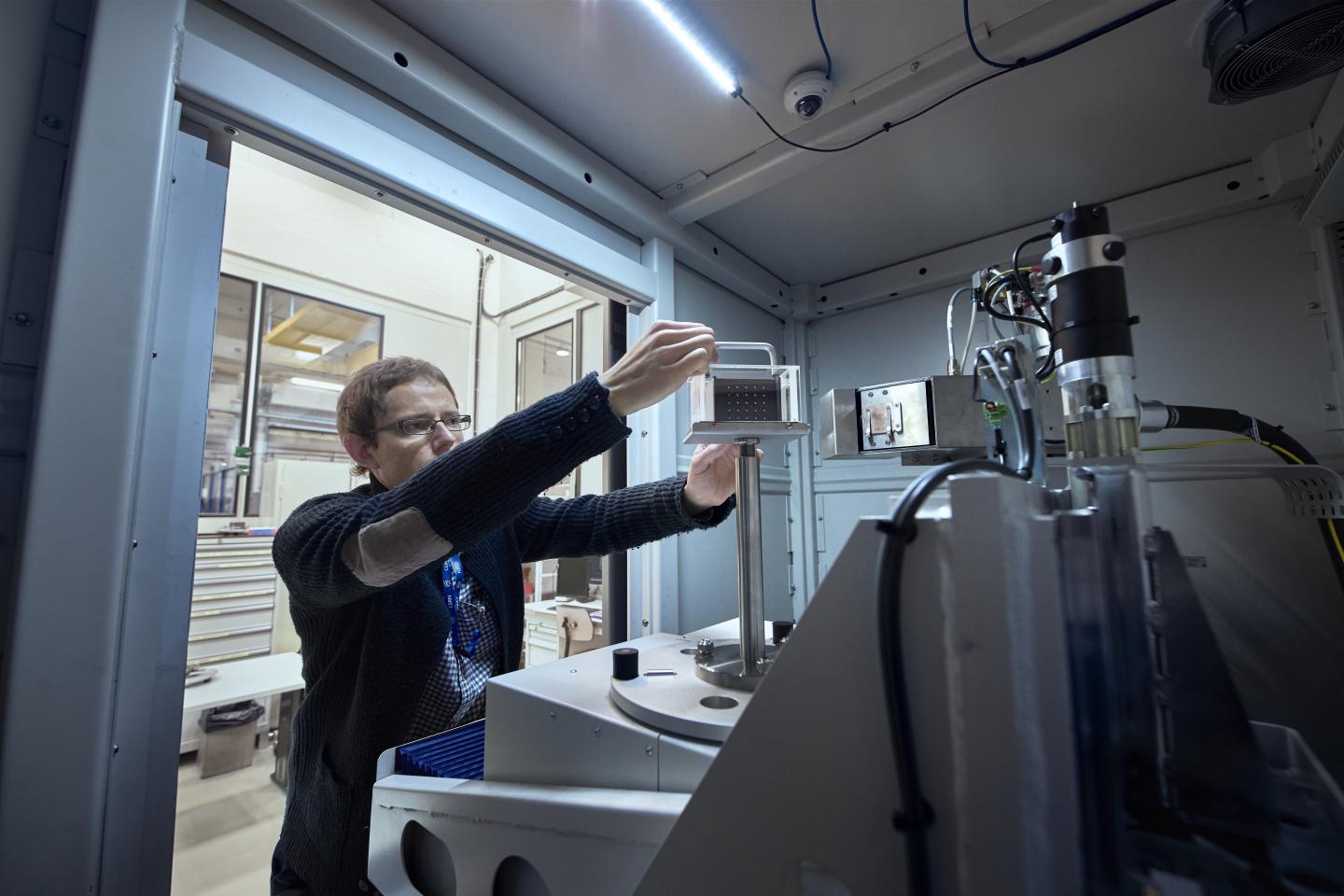Unique know-how derived from the precise construction and operation of some of the world's largest and most complex machines.
CERN's Know-How
- Decades of experience in the design and installation of LHC components – requiring leading and innovative competence in large-scale, geodetic metrology.
- Development of devices for micrometric alignment and adjustment
- Continuous in-situ measurement and monitoring of installations, including in harsh environment
Facts & Figures
- 27 km: circumference of the LHC
- 30 t: weight of components requiring alignment with micrometric resolution
- 80 m: accumulated length variation of the LHC due to differences in temperature during the course of one year
- 0.15 mm: vertical and transversal relative displacement tolerance of the LHC
Value Proposition
Read more about Metrology here.
Key Competences
High-precision, large-scale alignment
In order to meet the ever-increasing alignment tolerances of future particle accelerators, CERN experts are developing new procedures and instrumentation to perform high-precision, large-scale (geodetic) alignment and continuous position monitoring, particularly in underground, harsh environments.
Know-how and expertise
- Design, installation and maintenance of geodetic alignment systems using hydrostatic levelling, wire positioning, laser tracking and photogrammetry
- Development of new alignment monitoring systems
- Production of geodetic and mathematical models combined with survey data processing algorithms
- Remote measurement techniques
- Quality control (installations & components)
Key Applications
Long-distance, structured laser beam
A simple system and method for generating a structured laser beam (SLB) that can propagate over large distances while maintaining a low divergence and small central spot size. The SLB was invented to help meet the large-scale metrology and alignment requirements at CERN.
Frequency scanning interferometry
Frequency Scanning Interferometry (FSI) is a precise, multiple distance measurement technique suited to large-scale alignment applications. FSI is built into an interface between atmospheric conditions and vacuum and/or cryogenic environment, enabling measurements without impact of laser transmission mediums.
Capacitive wire positioning sensors (WPS)
Wire based measurements have been used at CERN for more than fifteen years. CERN’s capacitive wire positioning sensors (WPS) have been developed for non-contact, continuous measurement of distance, position and displacement of large- scale components particularly in difficult to access areas.
Capacitive hydrostatic levelling system (HLS)
CERN’s capacitive Hydrostatic Levelling System (HLS) system is designed to measure local ground motions which might affect the alignment of any component installed on the same surface. It provides micrometric resolution and resistance to radiation, allowing continuous measurements and monitoring.

